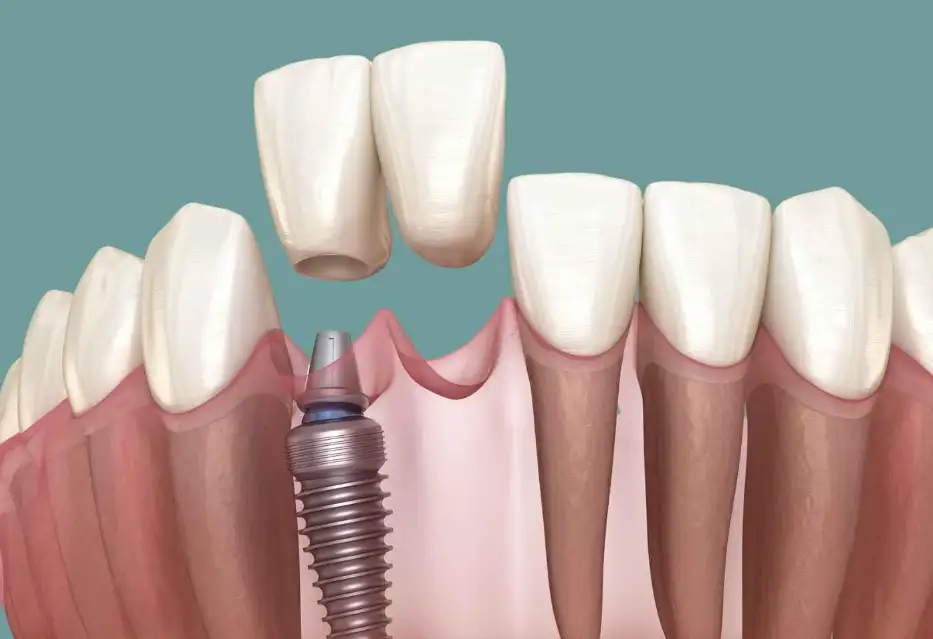
How LASIK revolutionized vision correction
LASIK is currently the most commonly performed corrective eye surgery in the world. It is used to treat astigmatism, hyperopia, and myopia. The cornea is reshaped so that the light that enters the eye will focus on the patient’s retina.
Most LASIK patients will be able to see clearly without the need for contact lenses or eyeglasses ever again. LASIK has only gotten better over the years, with quicker recovery and success rates.
It typically only takes 15 minutes to complete, and most patients experience no pain thanks to advanced numbing drops. You will notice an improvement in your vision immediately, and stabilization will only take about a day in most cases.
Some patients may require a LASIK touchup a few months or years after the initial procedure to achieve optimal visual acuity. Most patients, however, will enjoy optimal vision after the initial process and will no longer need eyeglasses or contact lenses for life.
How Has LASIK Surgery Improved Over the Years?
Flying spot lasers have replaced broad beam lasers, ensuring even better surgical precision. Manual lasers were used in the past for flap-cutting. Today, most surgeons have made the switch to femtolasers.
As such, intra-ocular issues with flap-cutting have been eliminated. Moreover, more people are eligible for laser eye surgery procedures than before. The prescription range needed to qualify for laser eye surgery has been expanded in recent years.
For example, astigmatism of up to -6.00 can now be treated, and farsightedness up to +6.75D can be treated today. In addition, nearsightedness up to -12.50D can also be effectively treated thanks to advancements in modern technology.
Also, in the past, presbyopia — an eye condition that makes it difficult to focus clearly on nearby objects — could not be treated with laser eye surgery.
Today, many patients who suffer from age-related conditions can read even the smallest of letters without the need for reading glasses, thanks to laser eye surgery options like LASIK. Another type of vision correction surgery is PRK, which is a refractive form of eye surgery.
PRK may be suggested if your eyes cannot bend light properly. The surgeon will use a leading-edge laser to reshape your cornea. By doing so, light that enters the eye will be able to focus optimally on the retina.
Many patients who undergo PRK will notice a reduction in their need to wear eyeglasses or contacts, while some will never have to wear eyewear again. PRK can be used to treat hyperopia, myopia, and astigmatism effectively.
Regarding LASIK, a recent advancement known as Wavefront technology allows the surgeon to create a detailed map of the patient’s eye. Wavefront allows the doctor to correct the patient’s vision disorder more accurately and with minimal disruption to the rest of the eye.
What Vision Issues Can LASIK Fix?
A patient who has astigmatism will have trouble seeing things close to them and objects that are a great distance from them.
Myopia, also known as nearsightedness, causes the patient to have trouble seeing objects far away from them, such as a road sign or blackboard.
Hyperopia, also known as farsightedness, affects those who cannot see objects close to them, such as words or print on a book or medicine container. The good news is LASIK can treat astigmatism, myopia, and hyperopia.
Why Should You Choose LASIK Vision Correction Surgery?
LASIK is one of the most technologically advanced forms of corrective eye surgery. Prices have also dropped considerably, making it very affordable today. It is also very safe, with complications being extremely rare.
Due to being a minimally invasive procedure, with quick recovery times, and with most patients reporting no pain, LASIK has become the most popular vision correction procedure. Most patients will be able to return to work or school in just a few days. In addition, its success rate is also very high, with one clinical study finding a 97% success rate.
LASIK is often recommended to support and enhance a patient’s lifestyle. LASIK is also very quick, with most patients being able to leave the clinic within an hour of their arrival.
Results are also immediate, and many patients will no longer need eyeglasses or contact lenses to enjoy pristine vision. Please speak to your doctor to determine if LASIK vision correction is right for you.
Reasons to Make the Switch to LASIK
Contact lenses and eyeglasses can be a nuisance to take care of. They may break, cause eye irritation or infections, and require quite a bit of maintenance and upkeep. They may also affect a patient’s self-confidence and self-esteem.
You can also lose them, and eyewear prescriptions will usually need to be changed every few years, which can quickly add tens of thousands of dollars over a patient’s lifetime.
LASIK is usually a one-time 15-minute procedure that often eliminates the need for eyeglasses and contact lenses forever.
Photo: iStock








